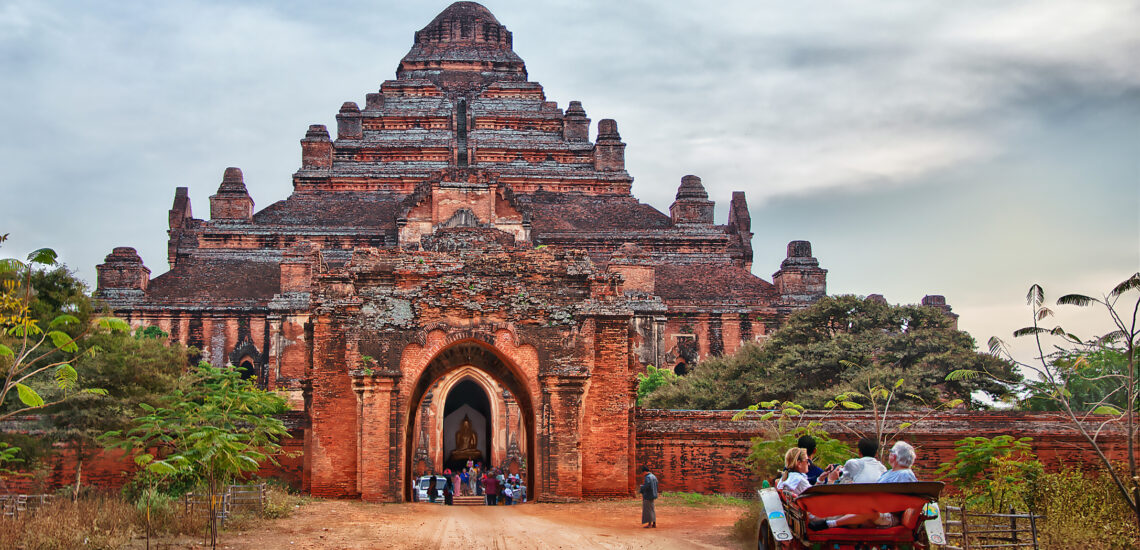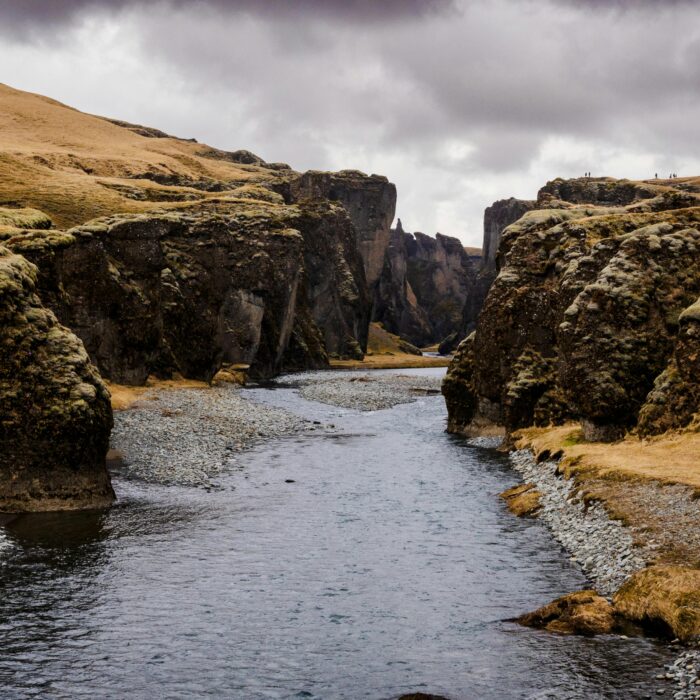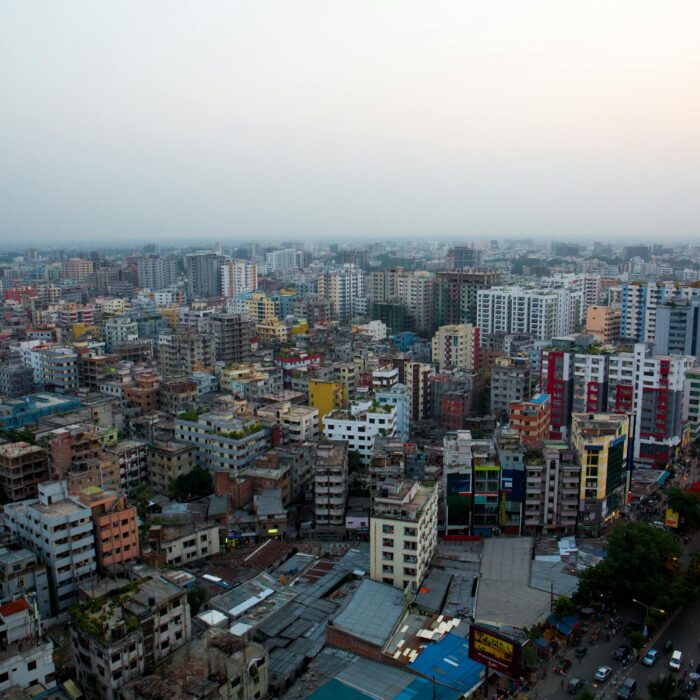Quick facts about Myanmar:
- Population: Approximately 54 million people.
- Capital: Naypyidaw.
- Largest City: Yangon (Rangoon).
- Official Language: Burmese.
- Currency: Burmese kyat.
- Government: Unitary parliamentary republic.
- Major Religion: Buddhism.
- Geography: Located in Southeast Asia, bordered by Bangladesh, India, China, Laos, and Thailand.
Fact 1: The capital of the country is not the largest city
In Myanmar, the capital city is Naypyidaw, distinct from the bustling urban center of Yangon, despite the latter’s larger population. The decision to relocate the capital was strategic, intended to suppress potential protests and maintain political stability. Naypyidaw is characterized by expansive roads and spacious neighborhoods, carefully planned to accommodate government offices and provide ample space between residential areas. Interestingly, the color of rooftops in these neighborhoods often reflects the type of activity undertaken by residents, offering a unique glimpse into the city’s organization and lifestyle.
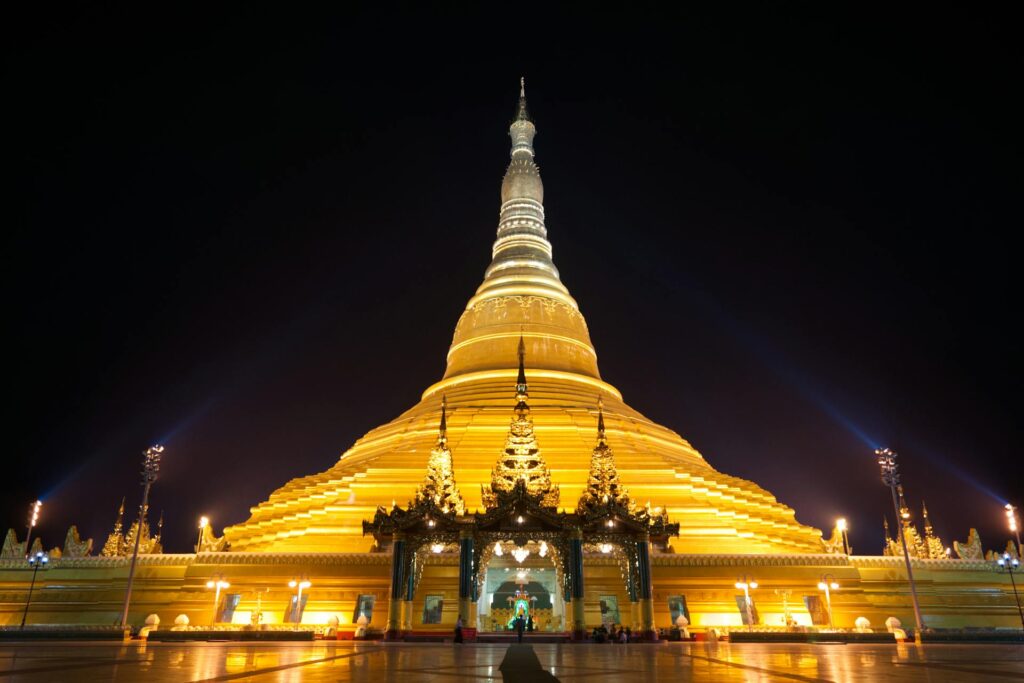
Fact 2: Myanmar is well known by its previous name Burma
Myanmar, formerly known as Burma, is a country in Southeast Asia with a rich history and cultural heritage. The name “Burma” dates back to the British colonial period, during which the British Empire ruled the region from the 19th century until the mid-20th century. After gaining independence from Britain in 1948, the country continued to be referred to as Burma by much of the international community.
In 1989, the military government ruling the country officially changed its name from Burma to Myanmar, along with several other changes, including the renaming of the capital city from Rangoon to Yangon. The rationale behind the name change was to reflect the linguistic diversity of the country, as “Myanmar” is derived from the Burmese language and encompasses the various ethnic groups residing within its borders.
However, the decision to adopt the name Myanmar was controversial and remains a subject of debate. While many countries, including the United Nations, have recognized Myanmar as the official name of the country, some governments, opposition groups, and human rights organizations continue to use the name Burma as a form of protest against the military regime and in solidarity with pro-democracy movements within the country.
Fact 3: Myanmar is home to a diamond Pagoda
Myanmar is home to the Shwedagon Pagoda, often referred to as the “diamond pagoda” due to its glistening appearance. This iconic Buddhist temple is located in the city of Yangon and is one of the most sacred and revered religious sites in Myanmar. The Shwedagon Pagoda is adorned with thousands of precious stones and gold leaf, making it shine brilliantly in the sunlight and giving it the appearance of being encrusted with diamonds. This magnificent structure is not only a symbol of Myanmar’s rich cultural and religious heritage but also a testament to the country’s architectural and artistic prowess. Pilgrims and visitors from around the world flock to the Shwedagon Pagoda to pay their respects, make offerings, and marvel at its stunning beauty.

Fact 4: Myanmar is right-hand drive
Myanmar transitioned from left-hand to right-hand drive in 1970. Despite this change, there remains a significant number of vehicles with steering wheels on both sides, leading to a mix of driving practices. This combination of factors contributes to a diverse and occasionally unpredictable traffic environment in Myanmar. Check if you need an International Driver’s License in Myanmar to drive.
Fact 5: In Myanmar, a popular cosmetic product derived from the Thanaka tree
The product is made by grinding the bark, wood, or roots of the Tanaka tree into a paste. Thanaka paste has been used for centuries in Myanmar as a cosmetic and skincare product. It is applied to the face and body for its cooling and astringent properties, as well as for sun protection and to enhance the skin’s complexion. Thanaka paste is an integral part of Myanmar’s cultural heritage and is widely used by both men and women of all ages.

Fact 6: In Myanmar, many captives died in the occupation under Japan
During World War II, Myanmar (then known as Burma) was occupied by Japan from 1942 to 1945. The occupation was marked by significant suffering and loss of life, including among prisoners of war and civilian captives. Many captives, including Allied prisoners of war and local civilians, endured harsh conditions, forced labor, and mistreatment by Japanese forces. The construction of the Burma-Siam Railway, also known as the Death Railway, resulted in the deaths of thousands of captives due to disease, malnutrition, and overwork. The occupation of Myanmar by Japan had a profound impact on the country’s population, with a significant loss of life and widespread suffering endured by those who lived through this period.
Fact 7: Myanmar has very diverse flora and fauna
Myanmar is renowned for its rich and diverse flora and fauna. The country’s varied topography, which includes mountains, plains, forests, and coastal areas, supports a wide range of ecosystems and habitats. Myanmar is home to numerous plant and animal species, many of which are endemic to the region. The country’s diverse flora includes tropical rainforests, mangrove forests, deciduous forests, and alpine vegetation, while its fauna encompasses diverse wildlife such as elephants, tigers, leopards, bears, various species of monkeys, reptiles, and birds. Myanmar’s biodiversity is of global significance and attracts researchers, conservationists, and nature enthusiasts from around the world. However, like many other countries, Myanmar’s natural habitats and wildlife are facing threats due to deforestation, habitat loss, illegal wildlife trade, and other human activities.

Fact 8: Myanmar uses a unique time zone
Myanmar follows its own unique time zone, which is UTC+6:30. This time zone is 6 hours and 30 minutes ahead of Coordinated Universal Time (UTC). It’s distinct from the standard time zones used in neighboring countries and is often referred to as Myanmar Time or Burma Time. The decision to adopt this unique time zone reflects Myanmar’s independent approach to timekeeping and its desire to maintain a distinct identity in relation to time measurement.
Fact 9: There’s a tribe in Myanmar that lengthens women’s necks.
In Myanmar, particularly in the Kayah State, there is a tribe known as the Kayan or Padaung people who are famous for the practice of neck elongation, also known as neck stretching or neck rings. Women of the Kayan tribe traditionally wear brass coils around their necks from a young age, gradually adding more coils over time. This practice creates the illusion of elongated necks, although it doesn’t actually lengthen the neck but rather compresses the collarbone and rib cage, giving the appearance of a stretched neck. The origins of this tradition are not entirely clear, but it is believed to have cultural and aesthetic significance within the Kayan community.
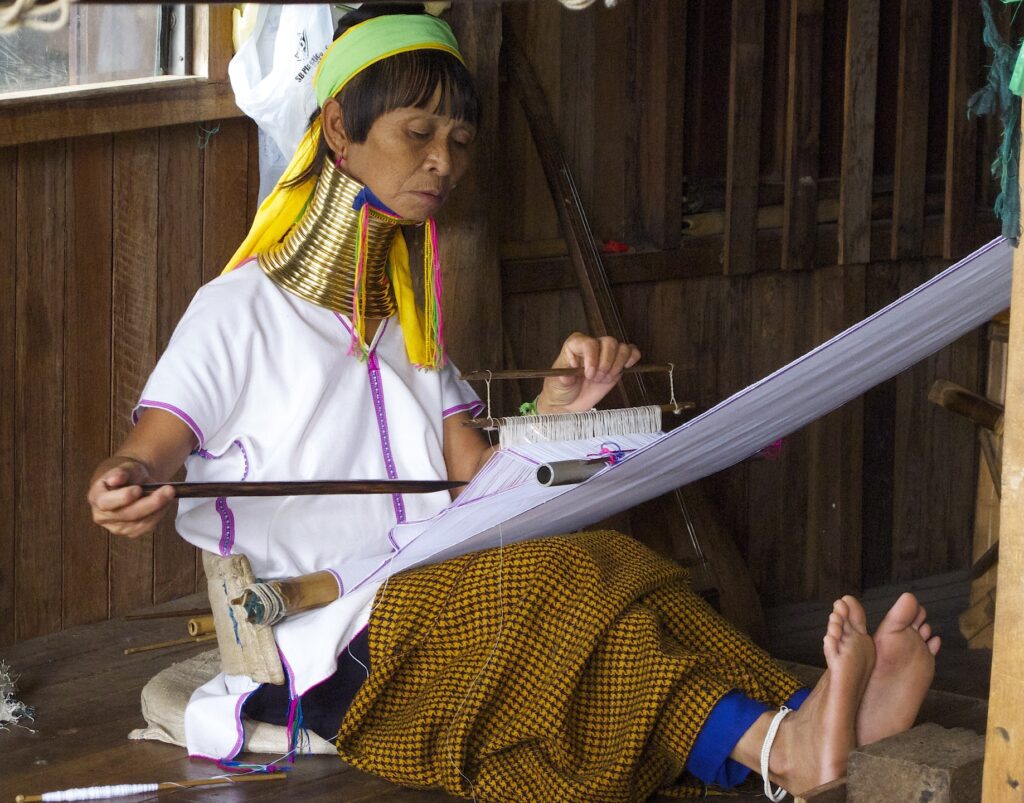
Fact 10: There are about 4,000 pagodas in Myanmar
Myanmar is home to thousands of pagodas, temples, and monasteries, many of which hold significant cultural, historical, and religious importance. While it’s difficult to provide an exact count, estimates suggest that there are indeed thousands of pagodas scattered throughout the country. The most famous and iconic among them include the Shwedagon Pagoda in Yangon, the Bagan Archaeological Zone with its thousands of ancient temples, and the Mahamuni Pagoda in Mandalay, among others. These pagodas serve as important religious sites for Buddhists and attract pilgrims and tourists from around the world to marvel at their architectural beauty and spiritual significance.

Published March 17, 2024 • 6m to read

